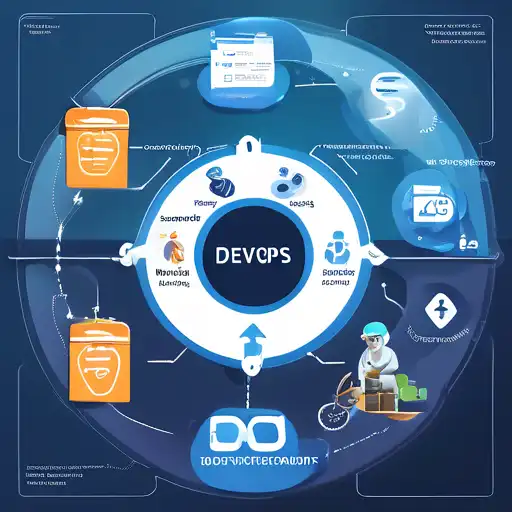Introduction to DevOps in Software Development
DevOps has revolutionized the way software is developed, deployed, and maintained. By bridging the gap between development and operations teams, DevOps practices ensure a smoother, faster, and more efficient software development lifecycle (SDLC). This article explores the pivotal role of DevOps in enhancing the SDLC, from planning to deployment and beyond.
The Core Benefits of DevOps
DevOps brings numerous benefits to the software development process, including improved collaboration, faster deployment times, and higher quality products. Below are some of the key advantages:
- Improved Collaboration: DevOps fosters a culture of collaboration between developers and operations teams, breaking down silos and improving communication.
- Continuous Integration and Continuous Deployment (CI/CD): Automating the integration and deployment processes reduces errors and speeds up the release cycle.
- Enhanced Efficiency: Automation tools and practices eliminate manual tasks, allowing teams to focus on innovation and quality.
- Greater Scalability: DevOps practices support scalable infrastructure, enabling businesses to grow without compromising performance.
DevOps Practices That Transform the SDLC
Implementing DevOps requires adopting specific practices that streamline the SDLC. Here are some transformative DevOps practices:
Infrastructure as Code (IaC)
IaC allows teams to manage infrastructure through code, making it easier to provision and manage resources dynamically. This practice enhances consistency and reduces manual errors.
Continuous Monitoring
Continuous monitoring ensures that any issues in the software or infrastructure are detected and addressed promptly, maintaining high availability and performance.
Microservices Architecture
Adopting a microservices architecture enables teams to develop, deploy, and scale parts of the application independently, improving agility and reducing downtime.
Challenges and Solutions in DevOps Adoption
While DevOps offers significant benefits, organizations may face challenges in its adoption. Common hurdles include cultural resistance, skill gaps, and toolchain complexity. Overcoming these challenges requires:
- Cultural Change: Encouraging a culture of collaboration and continuous learning is essential for DevOps success.
- Training and Education: Investing in training helps teams acquire the necessary skills to implement DevOps practices effectively.
- Tool Integration: Selecting and integrating the right tools can streamline workflows and enhance productivity.
Conclusion
DevOps is not just a set of practices but a culture that transforms the software development lifecycle. By embracing DevOps, organizations can achieve faster delivery times, improved product quality, and greater customer satisfaction. As the software development landscape continues to evolve, DevOps will remain a key driver of innovation and efficiency.
For more insights into optimizing your development processes, explore our articles on Continuous Integration and Agile Methodology.
